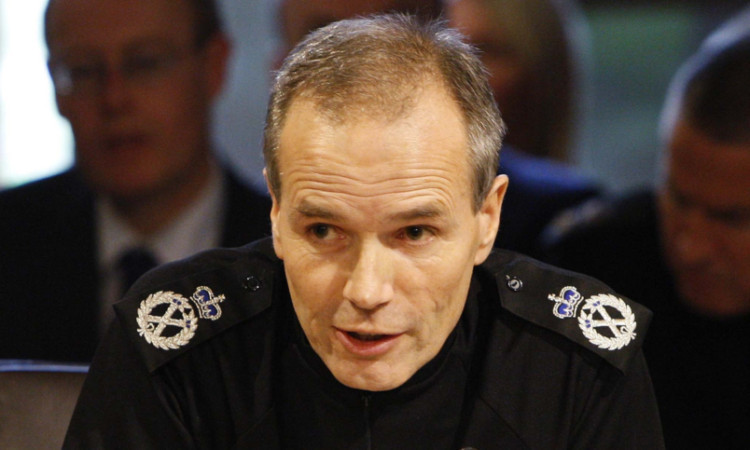Furious police staff have accused the new single force of enforcing “sub-standard” Strathclyde procedures as part of a west-is-best attitude in the new regime.
East coast intelligence staff claim the Strathclyde processes are a “backwards step”. The practices have been forced through as the way forward for the new single force, ahead of procedures used by forces such as Fife, Tayside or Lothian and Borders.
The civilian staff who spoke to The Courier asked not be named for fear of repercussions.
One Police Scotland staff member said: “In some cases, some of the legacy Strathclyde processes which have been proposed needed amending due to being sub-standard.
“We had to make recommendations in order to improve them.
“There has been no consultation about what is the best procedure across Scotland. It has just been assumed that the process in the west can be implemented elsewhere, without taking into account the local context.
“The general feeling across the board is that standards are dropping due to Strathclyde processes being implemented we’re taking a backwards step.”
Intelligence staff are angry that the power base and majority of jobs have been shifted west and fear that they are losing essential local knowledge.
The staff member added: “Intelligence civilian jobs are being centralised to regional hubs. This means that there will be no local footprint in smaller areas such as Tayside, Fife, Forth Valley and Dumfries and Galloway. Therefore, local knowledge and expertise will be lost.”
East coast intelligence staff are also facing pay “harmonisation” to fall in line with Strathclyde salaries, a cut that could see some staff lose up to £6,000 for them to fall into line with those in the west.
The salary cuts have seen experienced staff quit their posts, amid falling morale on the east coast.
A second civilian staff member said: “There is a very Glasgow-centric job structure proposed. For example, all the top analyst management jobs are based in Strathclyde and almost all of the middle-level senior analyst jobs are there, too. There is no longer much of a career path for any analysts and researchers in other parts of Scotland.”
Analysts evaluate data and intelligence in order to assist decision-makers and operational activity. They can work across a number of departments, including local policing, performance, operational support, organised crime and counter terrorism.
The civilian employee added: “There will probably be a high turnover of staff. It means Police Scotland will constantly take in staff and spend substantial amounts of money training them up.
“It usually takes around two years or more for analysts to get a diploma in criminal intelligence analysis. Then the force will probably lose them to the private sector, as is happening already.
“Over the last 10 years the role of analysts has become more important and most senior police officers who work with analysts would say they are very valuable members of staff.”
A Police Scotland spokesman said: “Police Scotland is going through a time of considerable change and there are significant savings to be made in the coming months. This will result in some people leaving the organisation but there will be no compulsory redundancies.
“All of the policies and procedures for Police Scotland have been signed off by the Scottish Police Authority and the trade unions. Best practice is being gathered from across the legacy forces and organisations and there is no question of one set of policies and procedures being imposed across the board.
“There will be changes in the way that many departments operate and the plans which are being put together are designed to reflect differing demands and to deliver the best possible service for Police Scotland and the people it serves.”
